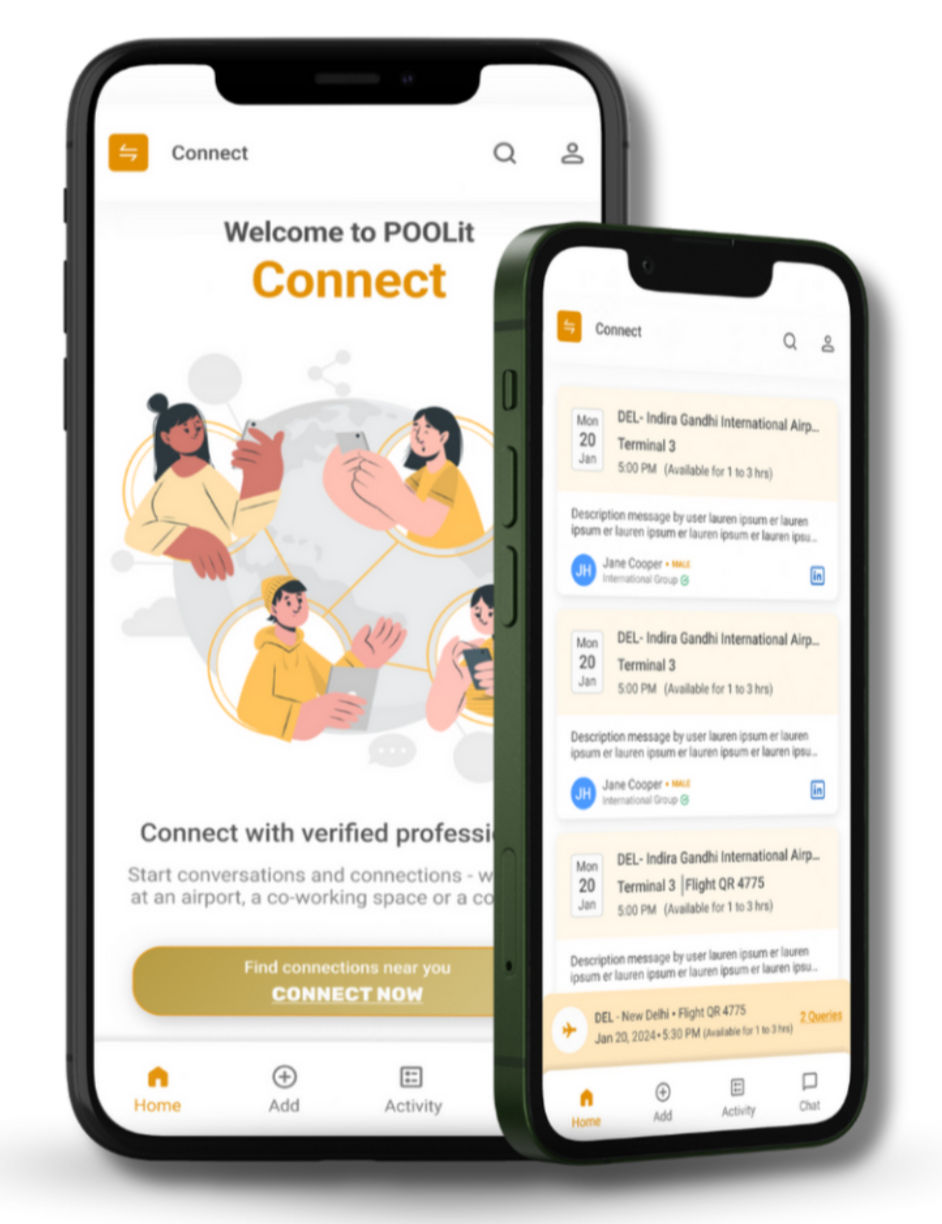How to Start a Conversation: Proven Icebreakers for Networking Success
- Anushka Jain
- Aug 20
- 4 min read
Updated: Aug 20

It's familiar territory for many of us: we are in a crowded room or viewing an online friend's profile, and although it should feel as easy as saying "hello," our heads may become a whirlpool of panic. A "hello" suddenly transforms into the most high-stakes examination of our lives. The fear of saying something wrong, being judged, or "creating an awkward moment" often renders us mute.
Here is the fact: most of the people you would like to connect with professionally or personally feel the same way about initially reaching out. That is why having some well-written and proven icebreakers (and knowing why they work) is not only usable, but they also have the potential to make an impact.
Why We Freeze When We Try to Start a Conversation: The Psychology Behind It

Before we get into icebreakers, let’s address why starting conversations seems so overwhelming.
Fear of Rejection- Being social is natural to us as humans: we all seek belonging. Rejection, even the subtlest of rejections, activates the same parts of the brain as physical pain. With that in mind, whenever you think, “What if they don’t respond well?” figuratively and literally, your brain interprets this as a threat.
The Spotlight Effect- Most people overestimate what others are noticing about them. You may feel like an audience is tuning in to the first line you write, and in reality, most people are focused on themselves.
Perfection Trap- Many people feel that their opening lines have to be witty, polished, or impressive, and while all of those things are OK, the best approach is to ask someone a simple, genuine question that works better than a rehearsed speech
Awkward Silence Anxiety- Most people assume that silence = failure, but in reality, silence is a natural part of any engaging conversation. If you remove the expectation to fill all of the silence, it is much easier to put yourself and engage a stranger.
This understanding of the psychology will immediately flip the narrative: the true challenge is not that I am not good at talking to people; I am attempting to control my brain, which is naturally inclined to overthink.
Proven Icebreakers to Start a Conversation Anywhere
The best types of icebreakers aren't about impressing someone; they are about making them feel comfortable enough to engage with some response.
Observational Starters
Instead of pulling something random, start with a comment on the environment you are in.
"That's a nice coffee mug, where did you get it?"
"This room is jammed full of people! Have you attended this event before?"
Why it works: It grounds the conversation in shared reality. Has a low risk and a high relatable context.
Compliment + Curiosity
Pair a genuine compliment with a question.
"I enjoyed your comment regarding marketing trends. What inspired that?"
"You seem to have a unique take on a certain topic. How did you get into that?"
Why it works: Complimenting releases dopamine in the brain, which opens up the other person. Adding curiosity maintains conversation.
Opinion Openers
People love to give their take when prompted.
"I'm curious, do you think remote work is here to stay?"
"If I had to recommend one podcast/book right now, what would it be?"
Why it works: It gives people a chance to share their characteristics without feeling like they're engaging in small talk.
Light Humor or Playfulness Humour is commonplace and disarming.
Even a small situational joke works.
"If this coffee gets any stronger, I’m going to have a chance to finish my inbox."
"I think the WiFi here is an exercise in networking by testing our patience."
Why it works: You immediately humanize yourself.
Shared Struggles or Experiences Connect over something mutual.
"Did you get lost trying to find this place, too?"
"This traffic makes me want to teleport."
Why it works: Nothing connects more quickly than "me too."
How to Apply These on POOLit Connect

Offline or online, the psychology is consistent. The only difference is the medium, and
POOLit Connect makes it more accessible by keeping the opening light and natural.
State that you have an opinion and then invite other people to engage you.
"I just finished this project. Has anyone else read it? I'm curious what you thought."
Use a light opening to lead into logistics:
"Glad to have matched here. This feels way easier than exchanging 50 LinkedIn messages, right?"
POOLit Connect is for professionals who want real conversations (not empty exchanges). Icebreakers are better chances for you to stand out because they indicate that you are curious, approachable, and genuinely engaged.
Beyond Apps: Making Small Talk Feel Natural
When you're at a networking event, waiting in a coffee line, or talking on POOLit, remember:
Don't chase the perfect line; chase genuine curiosity.
People remember how you made them feel more than they remember what you said.
Awkwardness is not failure; it is proof that you are human.
When you transition from thinking What do I say?" to "How can I put this person at ease?", conversations stop being terrifying and become opportunities.
Final Thoughts: Icebreakers are not magic scripts; they are bridges.
The real objective is to ignite a connection that will blossom into something substantive. And with tools like POOLit Connect, you don't just ignite conversations, you ignite opportunities.




Comments